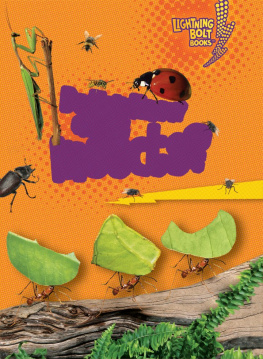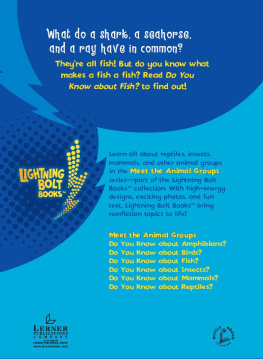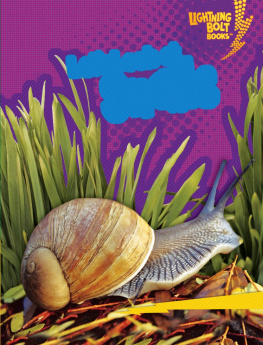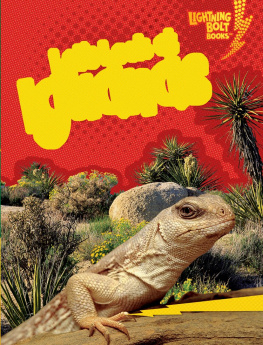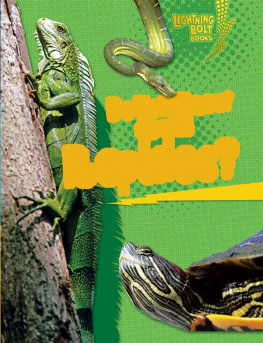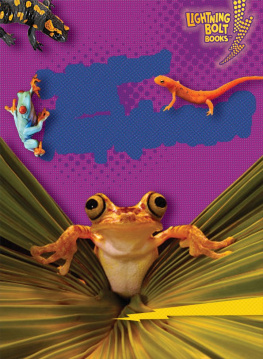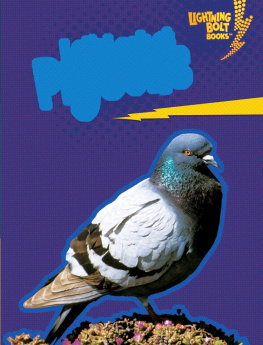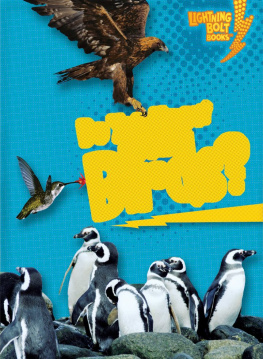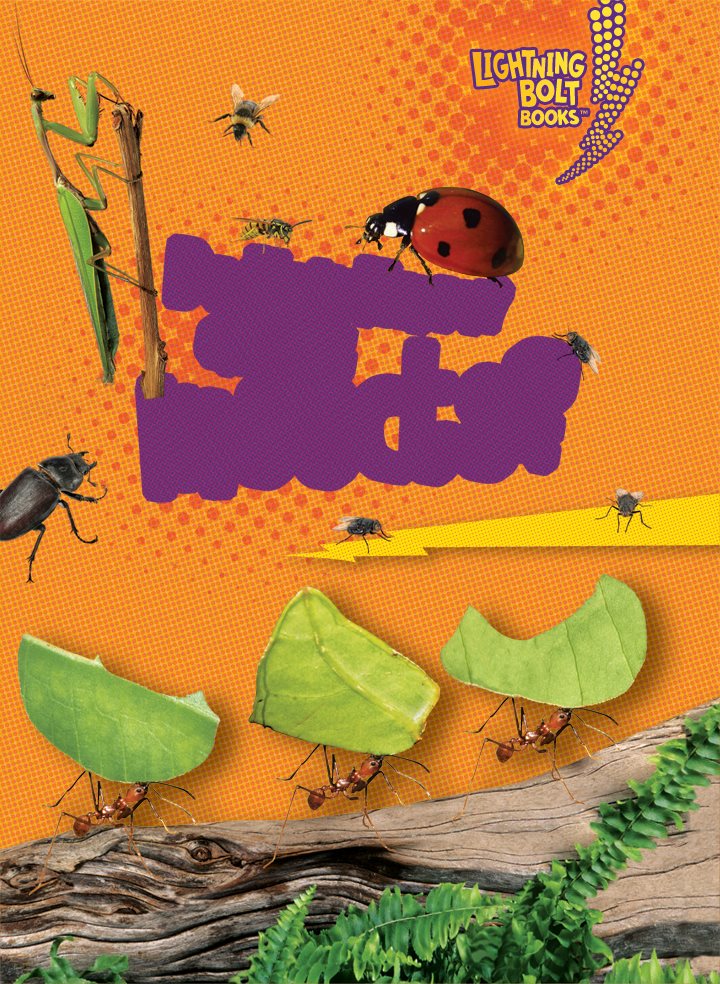Do
You
Know
about
Insects?
Buffy Silverman
To my Bug Doctor,
Jeff, with love
-B. S.
Copyright 2010 by Lerner Publishing Group, Inc.
All rights reserved. International copyright secured. No part of this book may be reproduced,
stored in a retrieval system, or transmitted in any form or by any meanselectronic, mechanical,
photocopying, recording, or otherwisewithout the prior written permission of Lerner Publishing
Group, Inc., except for the inclusion of brief quotations in an acknowledged review.
Lerner Publications Company
A division of Lerner Publishing Group, Inc.
241 First Avenue North
Minneapolis, MN 55401 U.S.A.
Website address: www.lernerbooks.com
Library of Congress Cataloging-in-Publication Data
Silverman, Buffy.
Do you know about insects? / by Buffy Silverman.
p. cm. (Lightning bolt booksTM Meet the animal groups)
Includes index.
ISBN 978-0-8225-7544-3 (lib. bdg. : alk. paper)
1. InsectsJuvenile literature. I. Title.
QL467.2.S54 2010
595.7dc22 2007038931
Manufactured in the United States of America
1 2 3 4 5 6 BP 15 14 13 12 11 10
meanseISBN: 978-0-7613-8883-8

Contents
page
page
page
page
page
page
page
page
Insects
Have Six Legs
A luna moth spreads his wings.
He flies in the night. A tiny
flea hops onto a dog. She
sucks blood. Moths and fleas
are insects. A beetle is an
insect too.
How can you tell?
Insects are animals with
six legs.
Count the
dragonflys legs.
Is it an insect?
Insect Bodies
Insect bodies have hard outer
coverings called exoskeletons.
They protect their bodies. The
body of an adult insect has
three main parts.
The head is at the front.
The thorax is in the middle.
The abdomen is at the end.
Can you see the three
main body parts on this
adult wasp?
A praying mantis has huge eyes
on its head. It sees a crawling
caterpillar. Watch out!
The praying
mantis eats the
caterpillar.
A grasshopper waves
the long, thin
antennas on its
head. It feels
and smells
with its
antennas.
A grasshopper
waves its
antennas.
An insects wings and legs are
on its thorax. Insects use their
wings and legs to move.
A wasps wings
are on the
middle part of
its body. This
part is called
the thorax.
A treehoppers thorax
looks like a thorn. It
helps the hopper
hide on a
plant stem.
Insects breathe through
openings along the thorax and
abdomen.
The food that an insect eats is
broken down in the abdomen.
Do you see the tiny openings
on this crickets body? Insects
breathe through these openings.
Bewareofthebeesstinger!
It is on the end of its abdomen.
Honeybees sting to keep other
animals away from their hives.
This bee is about to
sting someone.
How Insects Grow
Insects begin life as eggs.
A katydid lays eggs through
a tube on her abdomen.
This leaf
katydid is laying
eggs on a log.
Ants take care
of eggs in an
underground nest.
A giant water bug lays eggs
on her mates back. He carries
the eggs until they hatch.
Nymphs hatch from the water
bug eggs. Nymphs look like
their parents. But they have
no wings.
This dragonfly nymph
lives in a pond. It has
no wings. But it can
crawl underwater.
Cricket nymphs hop in a field.
They eat lots of plants. The
nymphs grow bigger.
A snowy tree
cricket nymph eats
plants to grow.
But the nymphs exoskeletons
cannot grow. The nymphs
shed their exoskeletons and
grow new ones. Then they
become adults.
Cricket nymphs shed
their outer covering
seven times or more.
Many insects grow in a
different way. They look like
worms when they hatch. They
are called larvas.
These larvas grow in a
nest made of wax. They
will grow into bumblebees.

